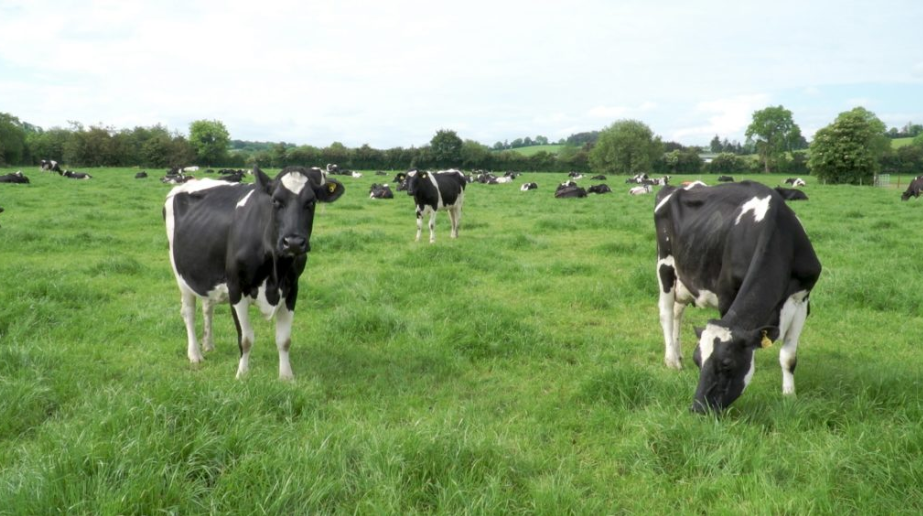On Tuesday, June 30, a virtual farm walk was held on the farm of Kieran Hearne and his family, who were the 2019 winners of the National Dairy Council (NDC) and Kerrygold Quality Milk Awards.
The Hearne family farm in Ballinacurra, Rathgormack, Co. Waterford. In 1993, Kieran took over the family farm and since then the farm has grown in considerable size.
At that time, the milking herd consisted of 30 cows. However, like so many other dairy enterprises in Ireland, the farm grew gradually. It was in 2008 when the expansion of the farm really took off.
A new 18-unit parlour and cubicle shed were built. At that stage, Kieran and his family were milking 93 cows. As of now, the milking herd consists of 200 cows that last year produced 1.1 million litres of milk on a milking block of 82ha.
On the day of the virtual farm walk, Kieran gave an overview of his farm and he also spoke about how he has managed to reduce his herd’s somatic cell count (SCC) over the years, as well as giving his views on milk recording.
SCC
On Tuesday, Kieran was asked what he puts his low total bacterial count (TBC) and his herd’s low SCC down to, which has decreased from an average of 140,000 cells/ml in 2013 to 72,000 cells/ml in 2018.
Kieran explained: “Attention to detail is key; it is not rocket science. We try to keep the cows as clean as possible.
“When they are housed we try to keep the cubicles clean at all times. If a cow comes into the parlour dirty we clean her up. We have a good washing routine in the parlour. We find the auto-wash system very good and we use a lot of hot water which I think is key.
“The great thing about the auto-wash system is that it’s consistent; no matter who is milking the cows you will get the same result.
We would use a hot wash twice-a-day. We work hard on keeping our SCC low. In my opinion, to maximise the potential from a cow she needs to have a low SCC.
“We monitor each cow’s SCC from the milk recordings we carry out. Every morning we ‘draw the cows’. So any cow that has or had mastitis is treated and she’s taken away from the main herd and put into a separate group and she is milked last so as to eliminate the possibility of cross-contamination.
“We take notes and record any cow that had mastitis throughout the year. It’s very important to keep records in my view.”
‘Milk recording is a no brainer’
On the topic of milk recording and if it is worthwhile to do it, Kieran said: “Milk recording is a no brainer. In my opinion, if you were to only milk record to find out the SCC of your cows then that alone would be well worth it.
The milk recording results will give you an indication of what cows have the highest SCC; it could be only two or three cows that are giving you bother.
“By identifying those couple of high SCC cows I can go about trying to keep them under control. I had a cow last year and when you would ‘draw her’ she would be fine but when I got the milk recording results she had a very high SCC.
“That particular cow was causing a lot of damage and only for the milk recording results, I wouldn’t have identified her as having a high SCC.”
